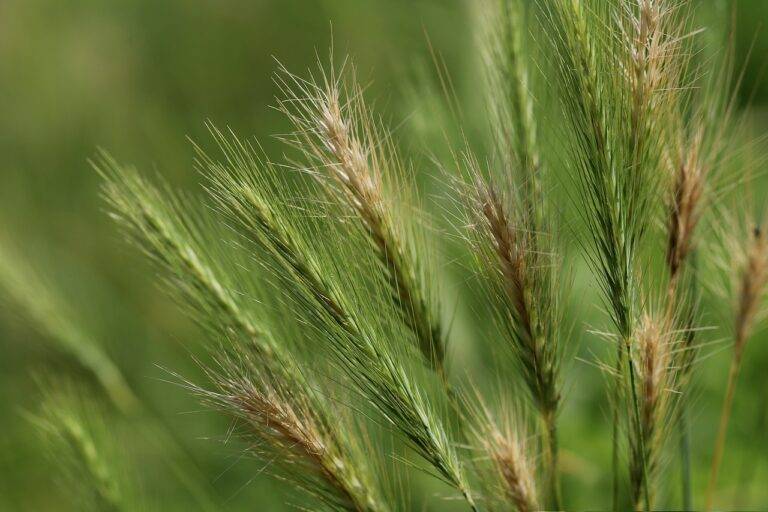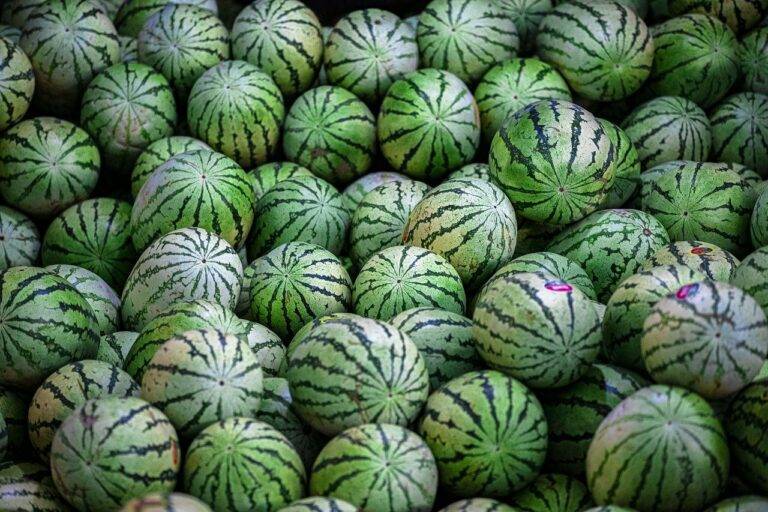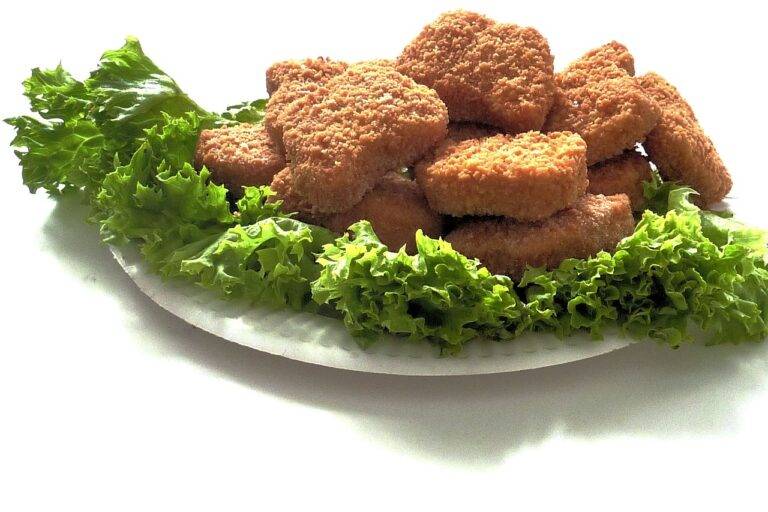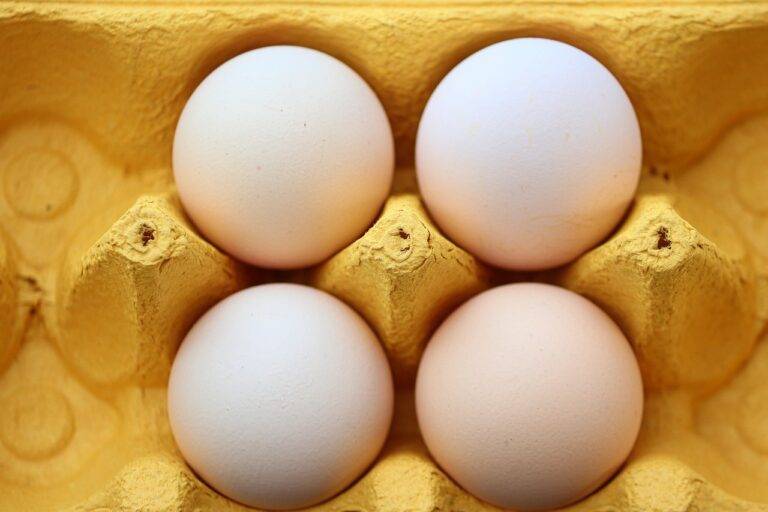The Role of Food Art in Culture
Food plays a vital role in shaping our cultural identity. Through the foods we eat, we not only nourish our bodies but also connect with our roots and heritage. From traditional recipes passed down through generations to specific ingredients that are unique to a particular region, food reflects the history, geography, and social customs of a community.
Moreover, the way we prepare and consume food is deeply intertwined with our cultural beliefs and values. Certain dishes may be reserved for special occasions or celebrations, serving as a marker of cultural significance. The act of coming together to share a meal is a shared experience that strengthens bonds and fosters a sense of unity within a cultural group.
Influence of Food Art on Traditions and Rituals
Food art plays a significant role in shaping traditions and rituals within various cultures across the globe. The way food is prepared, presented, and consumed can hold deep symbolic meanings that are ingrained in the history and beliefs of a society. Whether it’s the intricate patterns of sushi rolls in Japan or the colorful spices used in Indian dishes, food art serves as a form of cultural expression that is passed down through generations.
Through the incorporation of food art into traditions and rituals, communities are able to preserve their heritage and values. For example, the way a special meal is prepared for a religious ceremony or the specific ingredients used during a festival can all be traced back to the cultural significance of certain foods. By upholding these food-related traditions, individuals are able to maintain a connection to their roots and reinforce their sense of identity within a larger community.
How does food art contribute to cultural identity?
Food art plays a significant role in shaping cultural identity by showcasing unique ingredients, cooking techniques, and presentation styles that are specific to a particular culture or region.
How does food art influence traditions and rituals?
Food art can influence traditions and rituals by adding a visual and sensory element to them, making the experience more meaningful and memorable for participants.
Can food art help preserve cultural traditions?
Yes, food art can help preserve cultural traditions by passing down recipes, cooking techniques, and presentation styles from one generation to the next, ensuring that they are not forgotten or lost over time.
How can individuals incorporate food art into their own traditions and rituals?
Individuals can incorporate food art into their own traditions and rituals by experimenting with different ingredients, cooking techniques, and presentation styles to create unique and meaningful culinary experiences for themselves and their loved ones.





